 |
A study recently published in Nature Communications details the creation of an ultra-fast 3D camera capable of recording at 100 billion frames per second. The development comes from Lihong Wang and his team at Caltech, where the researchers developed this new camera using the same foundational technology found in Wang’s previous 70 trillion frames per second project.
The newly detailed camera produces what the researchers call ‘single-shot stereo-polarimetric compressed ultrafast photography’ (SP-CUP), a technology that records video at insanely fast speeds in three dimensions. This is made possible, in part, by creating the camera to perceive the world in a way similar to how a human sees — with two eyes, or in the case of the camera, with a halved lens that simulates looking at the world with two eyes.
The result is a camera that records video at insanely fast speeds in three dimensions. The technology is able to capture ‘non-repeatable 5D … evolving phenomena at picosecond temporal resolution,’ according to the study, referring to space, time of arrival, and angle of linear polarization. The study goes on to explain:
Disruptively advancing existing CUP techniques in imaging capability, SP-CUP enables simultaneous and efficient ultrafast recording of polarization in three-dimensional space. Compared with available single-shot ultrafast imaging techniques, SP-CUP has prominent advantages in light throughput, sequence depth, as well as spatiotemporal resolution and scalability in high-dimensional imaging.
 |
Wang and his lab first detailed the 70 trillion frames per second camera back in May, explaining that such speeds were capable of capturing the fluorescent decay from molecules and waves of light as they traveled.
That particular camera technology was called compressed ultrafast spectral photography (CUSP), and it followed Wang’s past work on similar technologies, including the phase-sensitive compressed ultrafast photography (pCUP) device, Caltech had explained in a release.
With the newly detailed SP-CUP technology, the camera captures stereo imagery — 10 billion images in the blink of an eye — using a single lens that has been halved in order to capture two different slightly offset channels of the subject. This is similar to how the human eye works, enabling humans to perceive depth. The image data can be processed to create 3D content, which itself exceeds the capabilities of the human eye by including data on the polarization of light.
The sum total of this new photography technology opens the door for various scientific applications, including research in the field of physics. In particular, Wang sees the potential use of this camera in exploring the mystery of sonoluminescence, a phenomenon in which sound waves produce small bubbles in liquids that, when they collapse, produce tiny bursts of light.
Wang explained:
Some people consider this one of the greatest mysteries in physics. When a bubble collapses, its interior reaches such a high temperature that it generates light. The process that makes this happen is very mysterious because it all happens so fast, and we’re wondering if our camera can help us figure it out.
The study titled ‘Single-shot stereo-polarimetric compressed ultrafast photography for light-speed observation of high-dimensional optical transients with picosecond resolution’ is available in Nature Communications.
Articles: Digital Photography Review (dpreview.com)
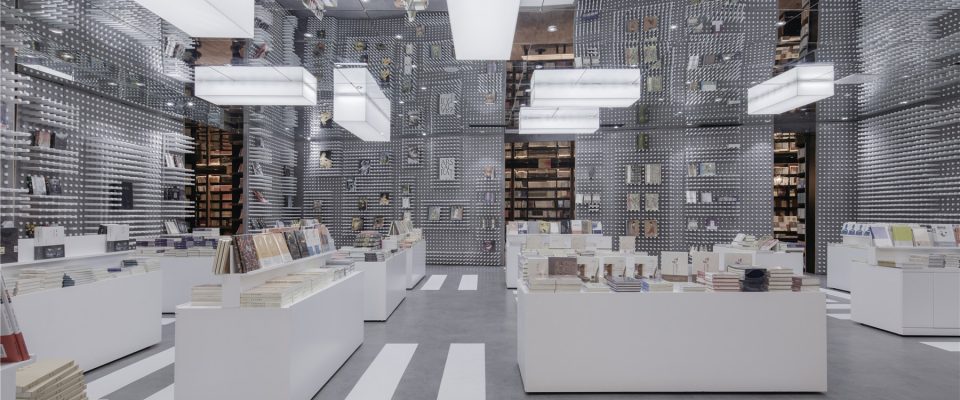
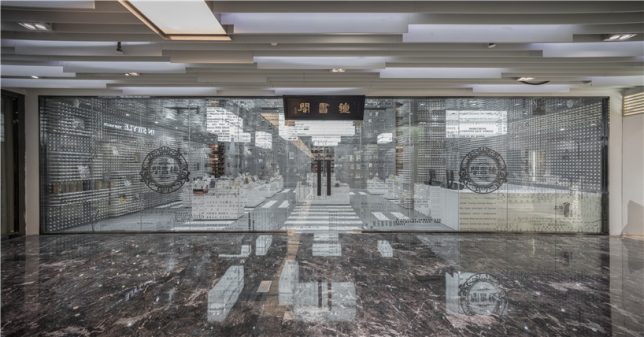
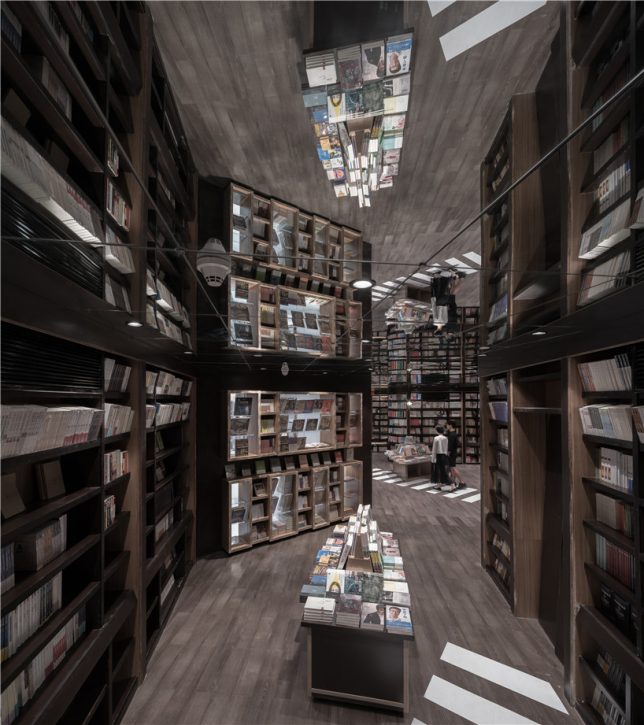
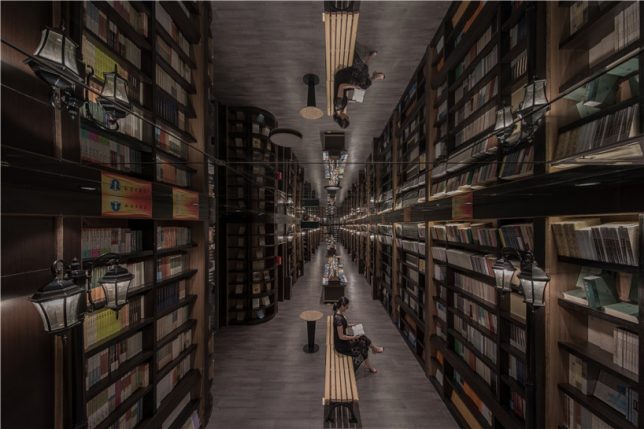
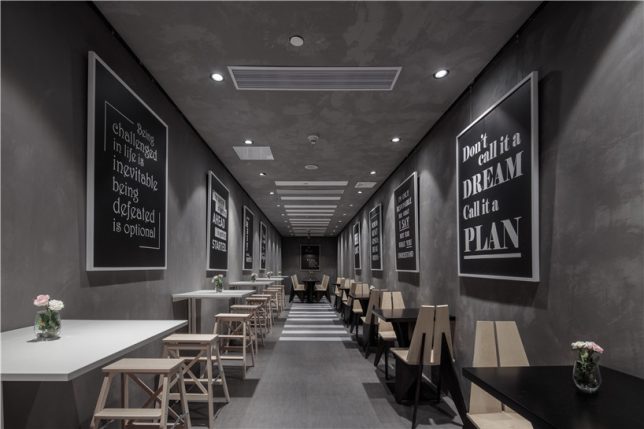
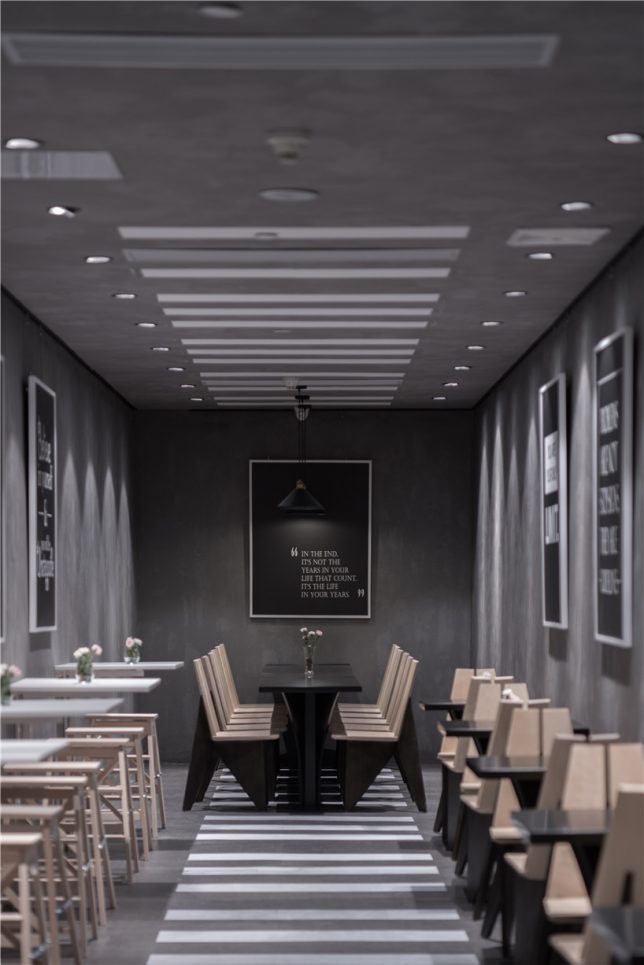





You must be logged in to post a comment.